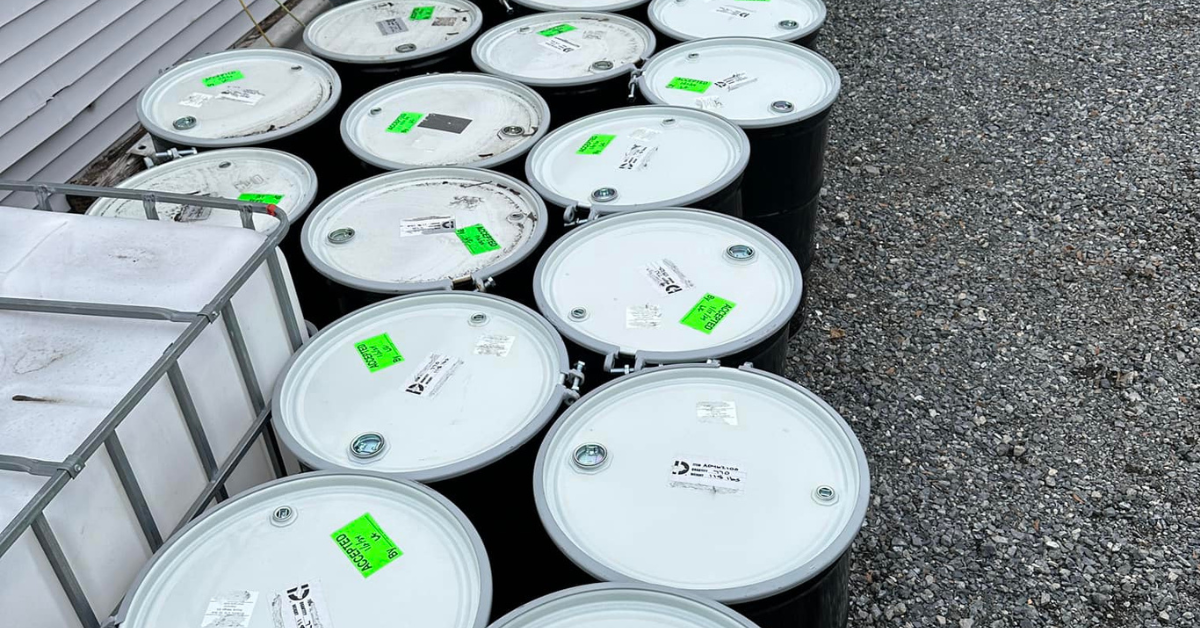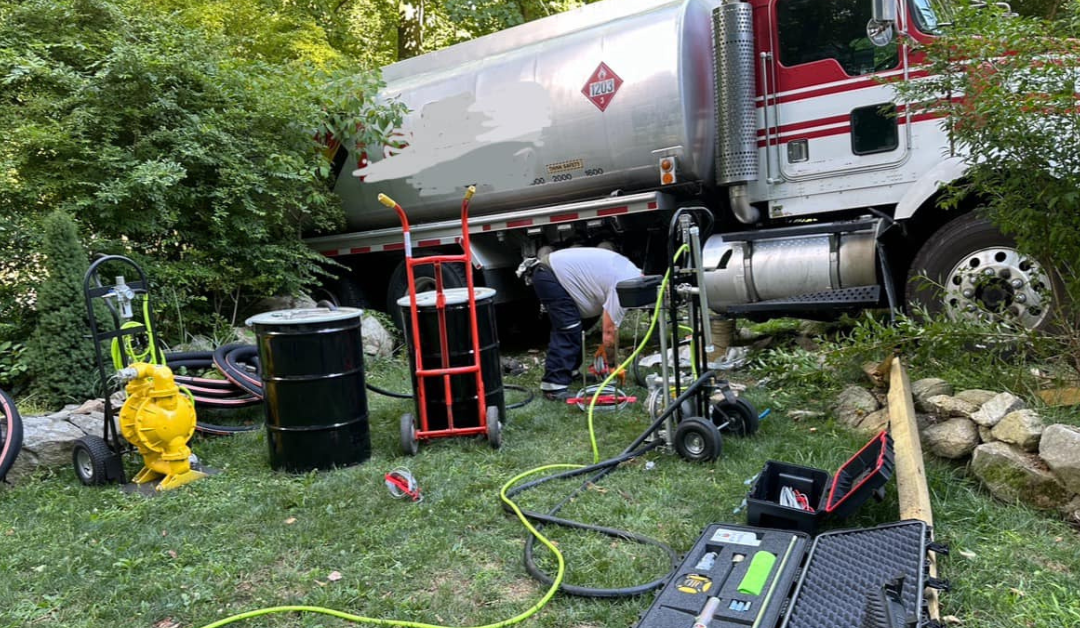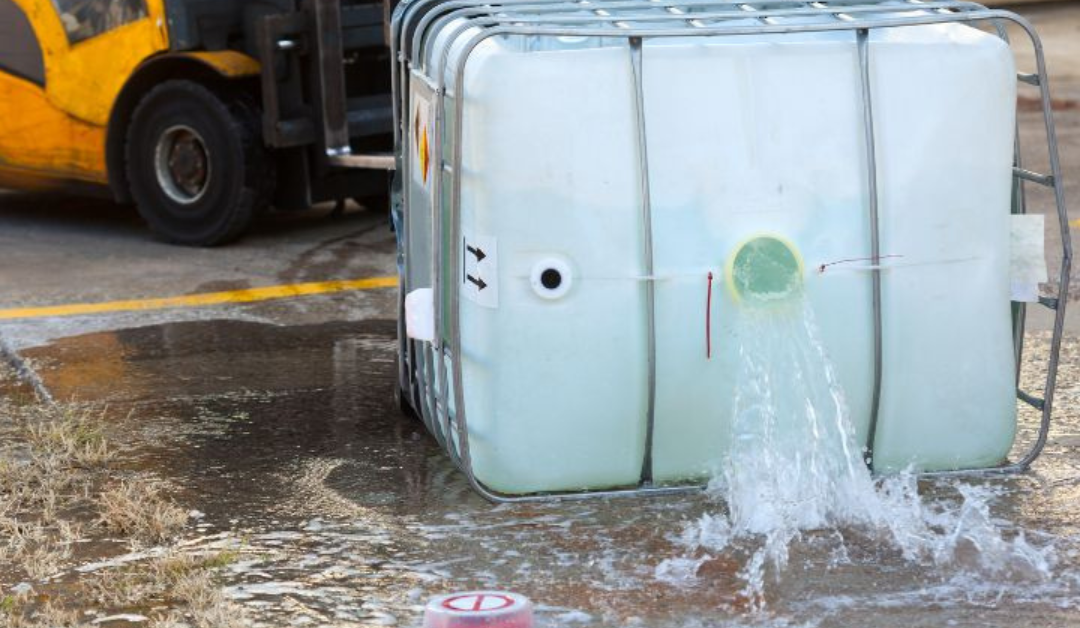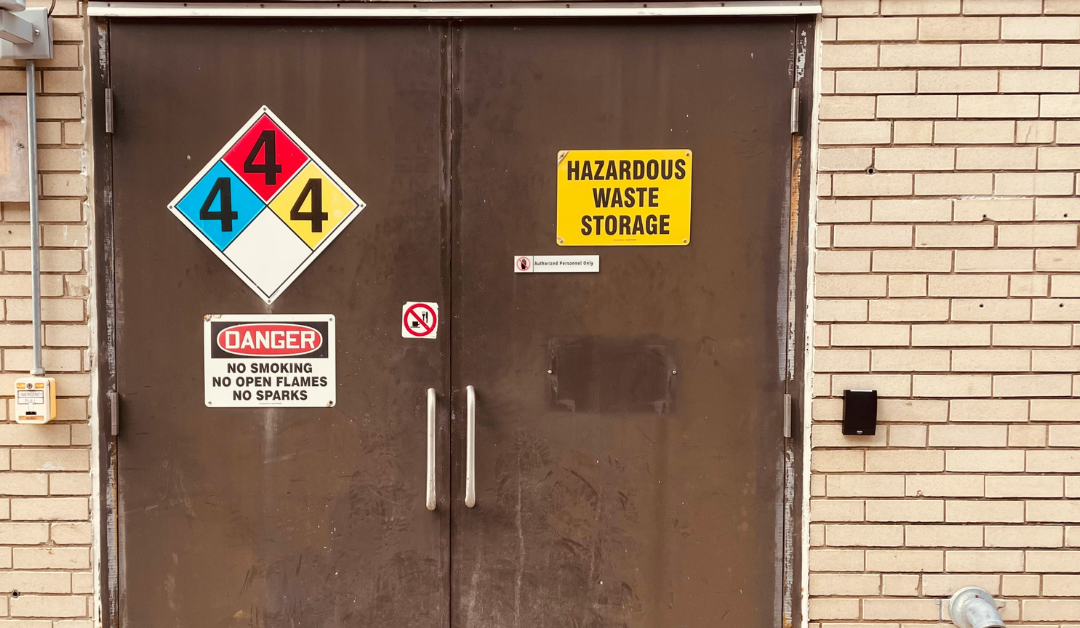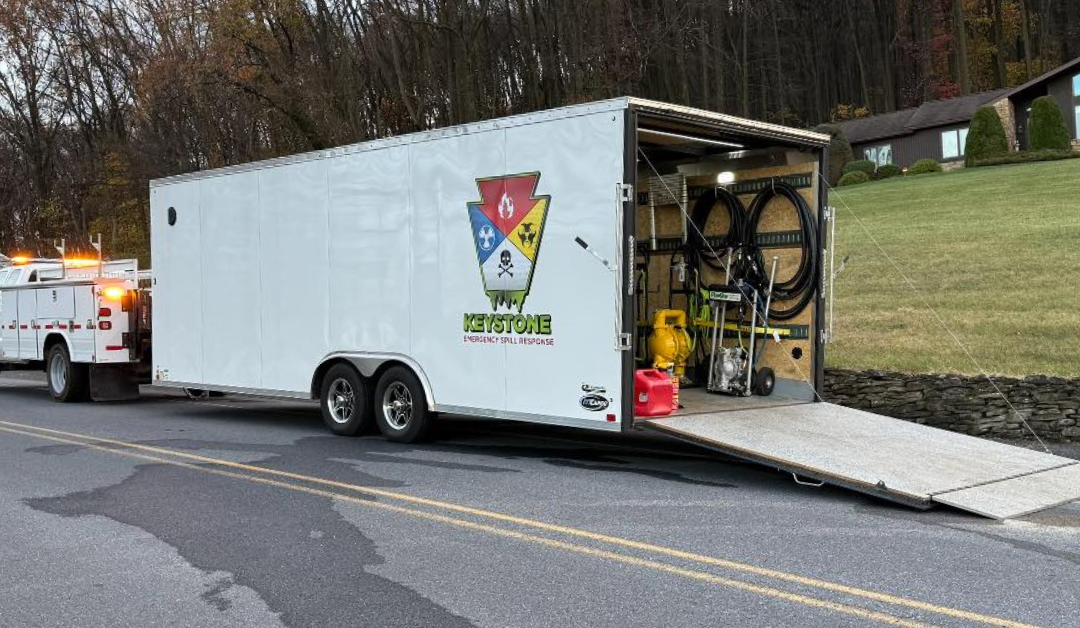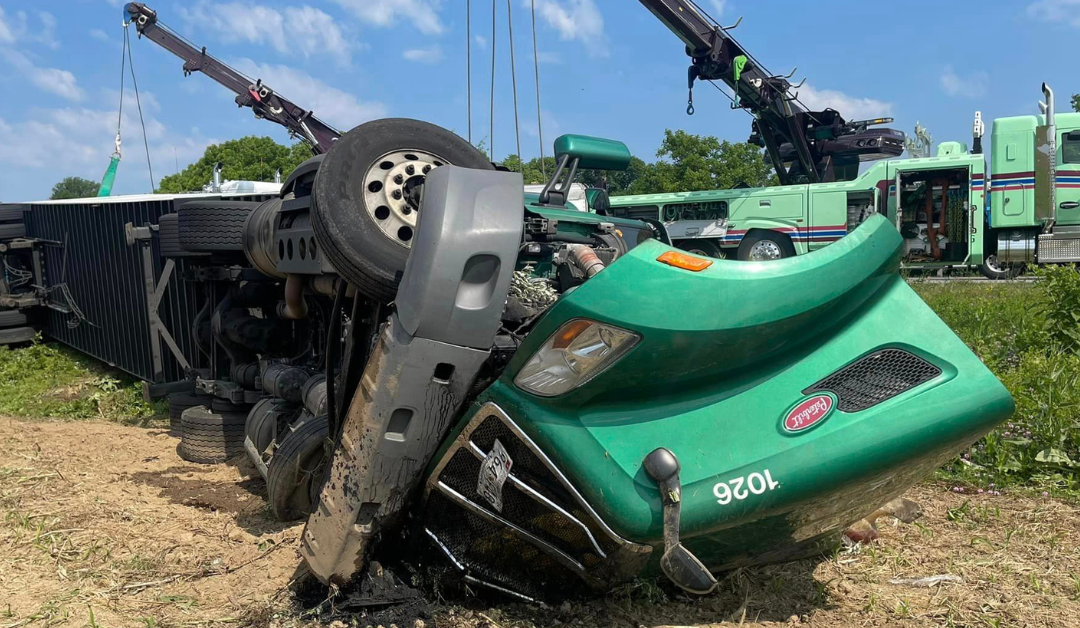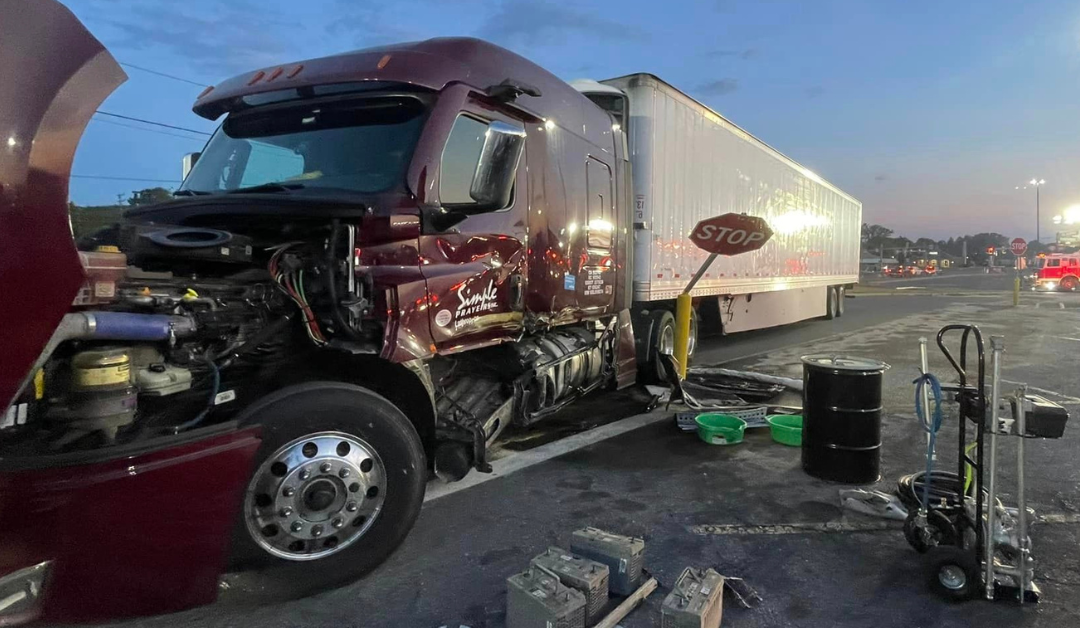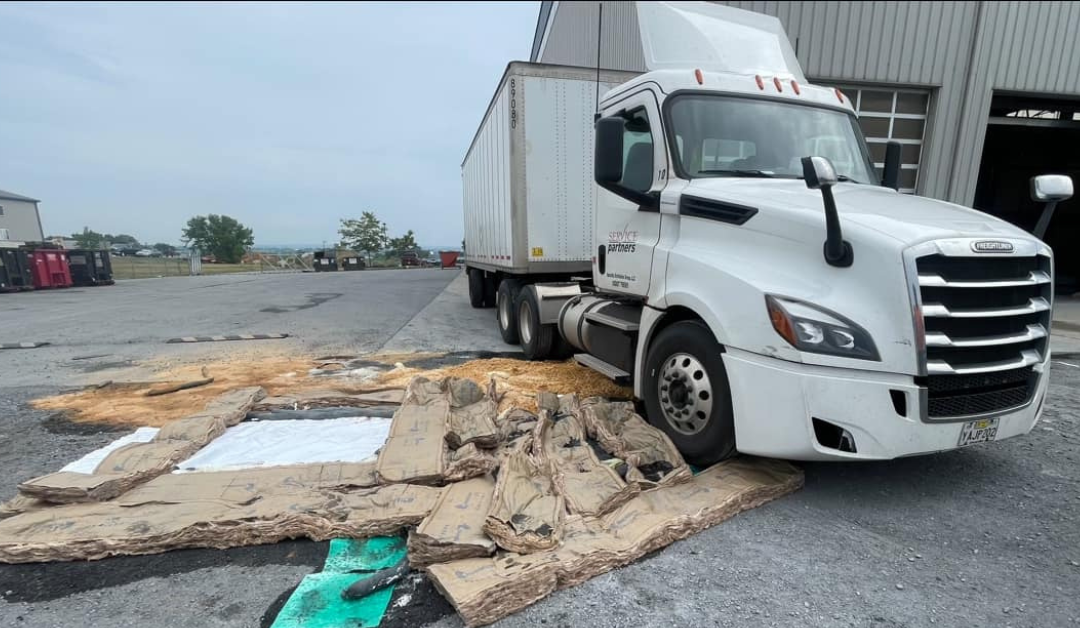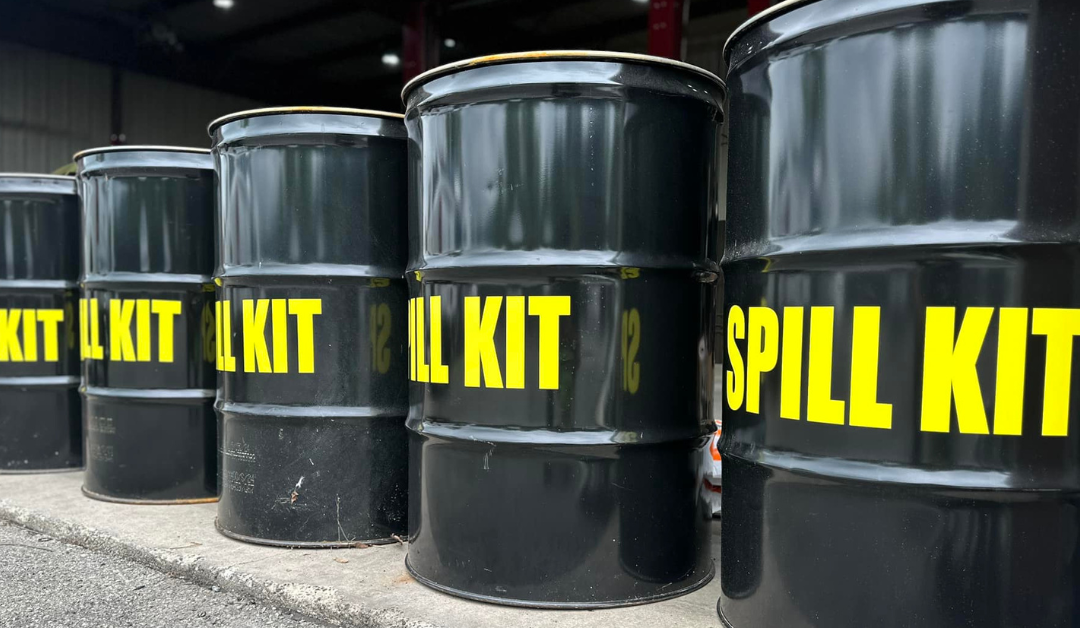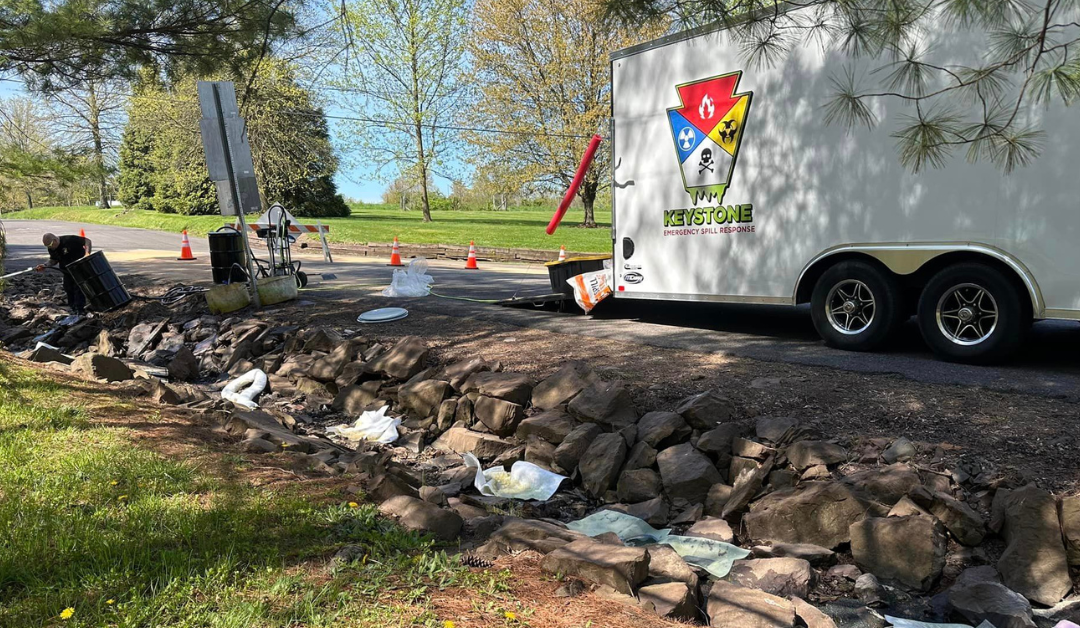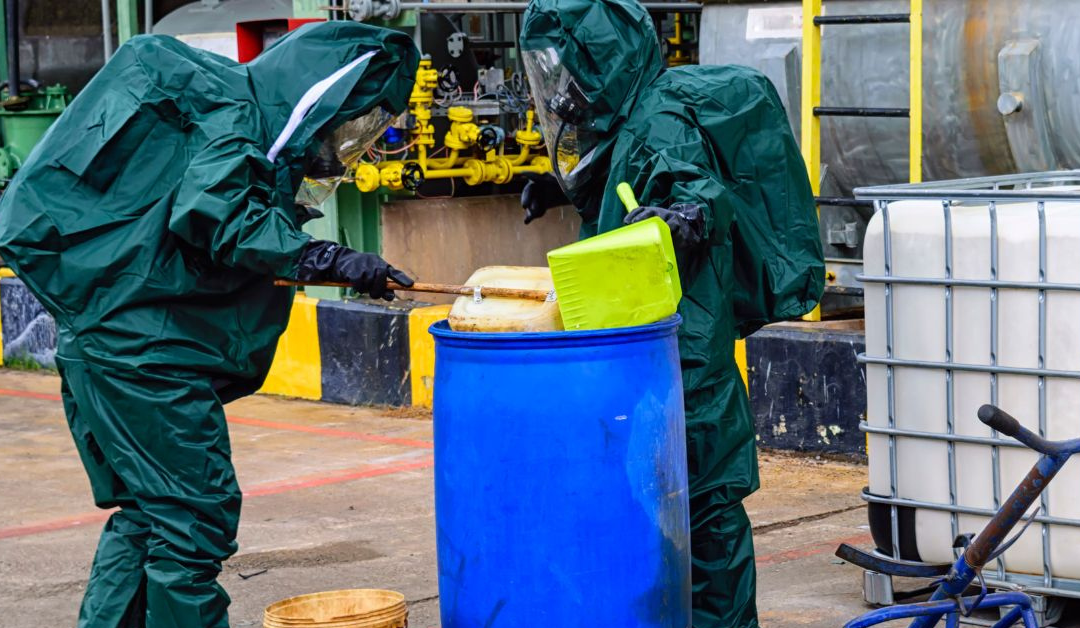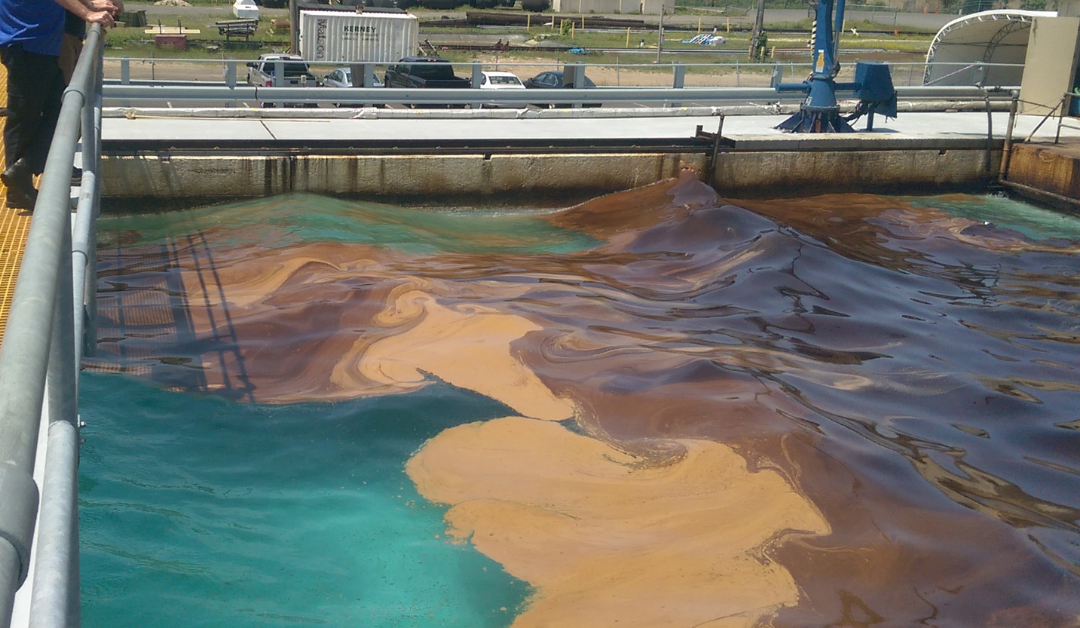When it comes to managing hazardous materials and waste, proper waste drum disposal is imperative for businesses of all sizes. Whether you’re dealing with chemicals, oils, or other potentially dangerous substances, knowing how to handle and dispose of drums safely is essential for protecting your employees, the environment, and your company’s reputation.
The Importance of Professional Waste Drum Disposal
Proper waste drum disposal is not just a matter of good business practice – it’s often a legal requirement. Improper handling of hazardous waste can lead to serious consequences, including:
Environmental damage: Improperly disposed waste can contaminate soil and water sources, harming ecosystems and wildlife.
Health risks: Exposure to hazardous materials can cause illness or injury to employees and nearby communities.
Legal penalties: Failing to comply with waste drum disposal regulations can result in hefty fines and even jail time for business owners.
Reputational damage: Companies that mishandle waste may face negative publicity and loss of customer trust.
By working with professional waste drum disposal services, you can ensure that your waste is handled safely and complies with all relevant regulations.
Steps in Drum Waste Disposal
1. Identification and Classification
The first step in waste drum disposal is to accurately identify and classify the waste. This involves determining if the waste is hazardous or non-hazardous and categorizing the waste based on its characteristics (e.g., flammable, corrosive, toxic). Once you determine the type of waste, you must properly label drums with hazard information and contents.
2. Drum Selection and Preparation
Choosing the right type of drum is extremely important for safe storage and transport, especially when dealing with hazardous and corrosive materials. Use steel drums for strength and durability, or polyethylene drums for corrosive materials so that there is no leaching out of the drum. The condition of the waste drums is also important. You must ensure drums are clean, undamaged, and compatible with the waste they contain. Once the hazardous waste is inside the waste drums must be properly sealed and secured drum lids to prevent leaks or spills.
3. Packaging and Labeling
Correct packaging and labeling are essential for safe handling both before and during the waste drum disposal process. The use of appropriate packaging materials is to prevent leaks or reactions of the hazardous waste or chemicals that are being disposed of. Apply clear, accurate labels with waste descriptions, hazard symbols, and handling instructions for transparency. The labels should also include emergency contact information on each drum in case of an emergency.
4. Documentation
Proper documentation is crucial for regulatory compliance for the storage, transportation, and waste drum disposal process. Complete all required manifests and shipping papers. Additionally, accurate records of waste types, quantities, and disposal dates must be kept. All documentation must signed and verified by authorized personnel to be valid and avoid legal penalties.
5. Transportation
Safe transportation of waste drums requires careful planning, to ensure a safe and compliant transport. It is important to use licensed hazardous waste transporters in places that it is required. Waste drum disposal professionals properly secure the drums to prevent shifting and damage during transport. Follow all Department of Transportation (DOT) regulations for hazardous materials transport.
6. Disposal or Recycling
The final step in the drum waste disposal process involves proper treatment or recycling of the waste. You will need to work with licensed Treatment, Storage, and Disposal Facilities (TSDFs) for the proper disposal of hazardous waste. If the waste is non-hazardous, or the drums are empty, you can explore different recycling options that are available for those materials. Working with a professional will ensure that all waste is treated or disposed of according to environmental regulations.
7. Cleaning and Decontamination
If you intend to reuse or recycle waste drums, the proper cleaning and decontamination processes will need to be followed. First, the drums must be completely emptied, leaving no more than 1 inch of residue for containers up to 119 gallons. After that, appropriate cleaning methods, such as triple-rinsing for hazardous waste containers will need to be followed to clean and decontaminate the waste drum. Once the drums are cleaned and decontaminated, verify that drums meet all regulatory standards for reuse or recycling
Emergency Response Planning
Prepare for potential accidents or spills:
- Develop a comprehensive emergency response plan
- Train employees on proper spill containment and reporting procedures
- Keep necessary spill response equipment readily available
- Ongoing Training and Compliance
- Stay up-to-date with regulations and best practices:
- Provide regular training for employees handling waste drums
- Stay informed about changes in local, state, and federal regulations
- Conduct periodic audits of your drum waste disposal procedures
By following these steps and working with professional drum waste disposal services, you can ensure that your business handles waste safely and responsibly. This not only protects your employees and the environment but also helps you avoid costly fines and maintain a positive reputation in your industry.
Remember, proper drum waste disposal is an ongoing process that requires attention to detail and a commitment to safety. By prioritizing responsible waste management, you’re investing in the long-term success and sustainability of your business.
Follow us on Facebook to stay up to date with the latest at Keystone Emergency Spill Response.

